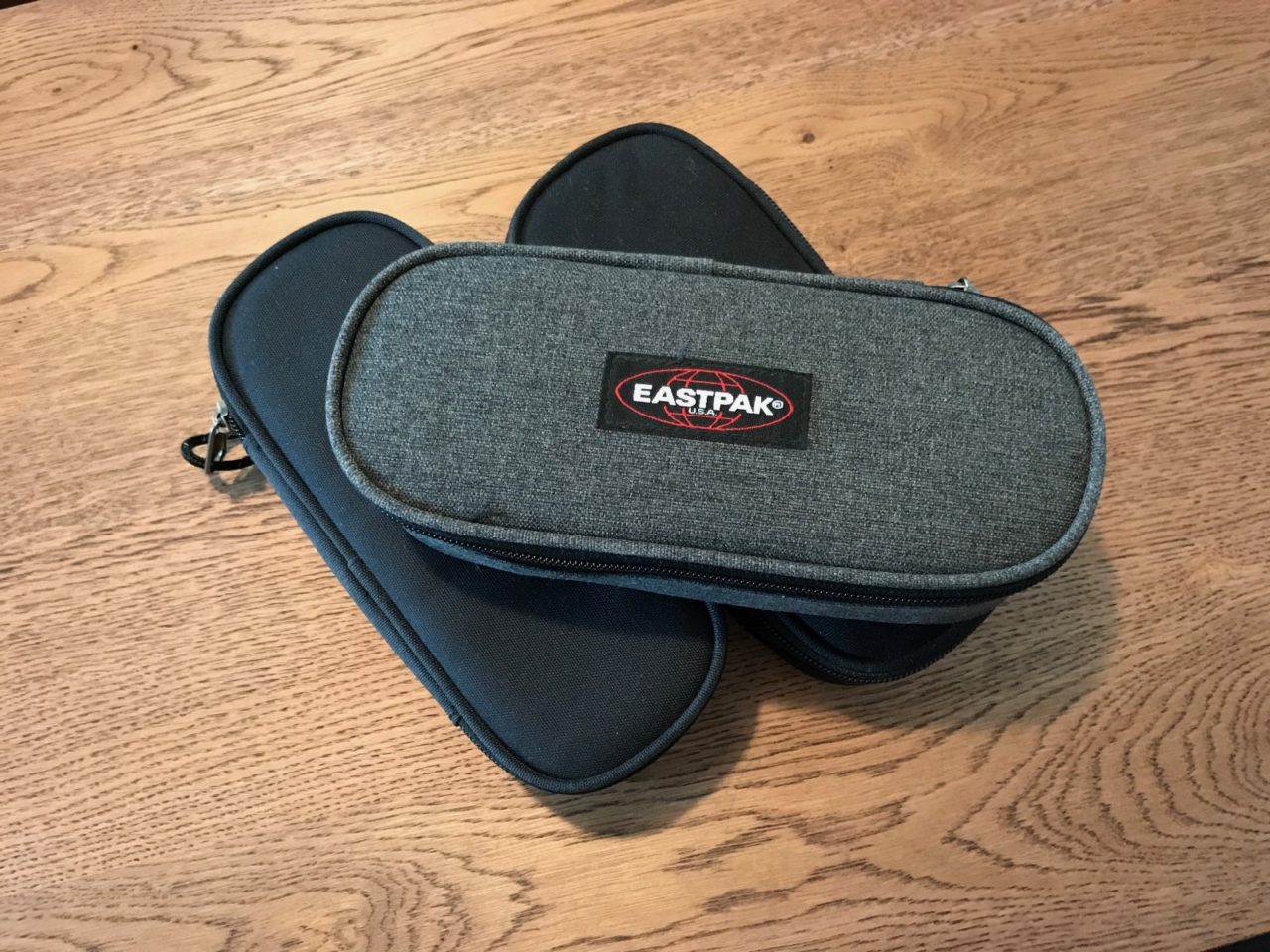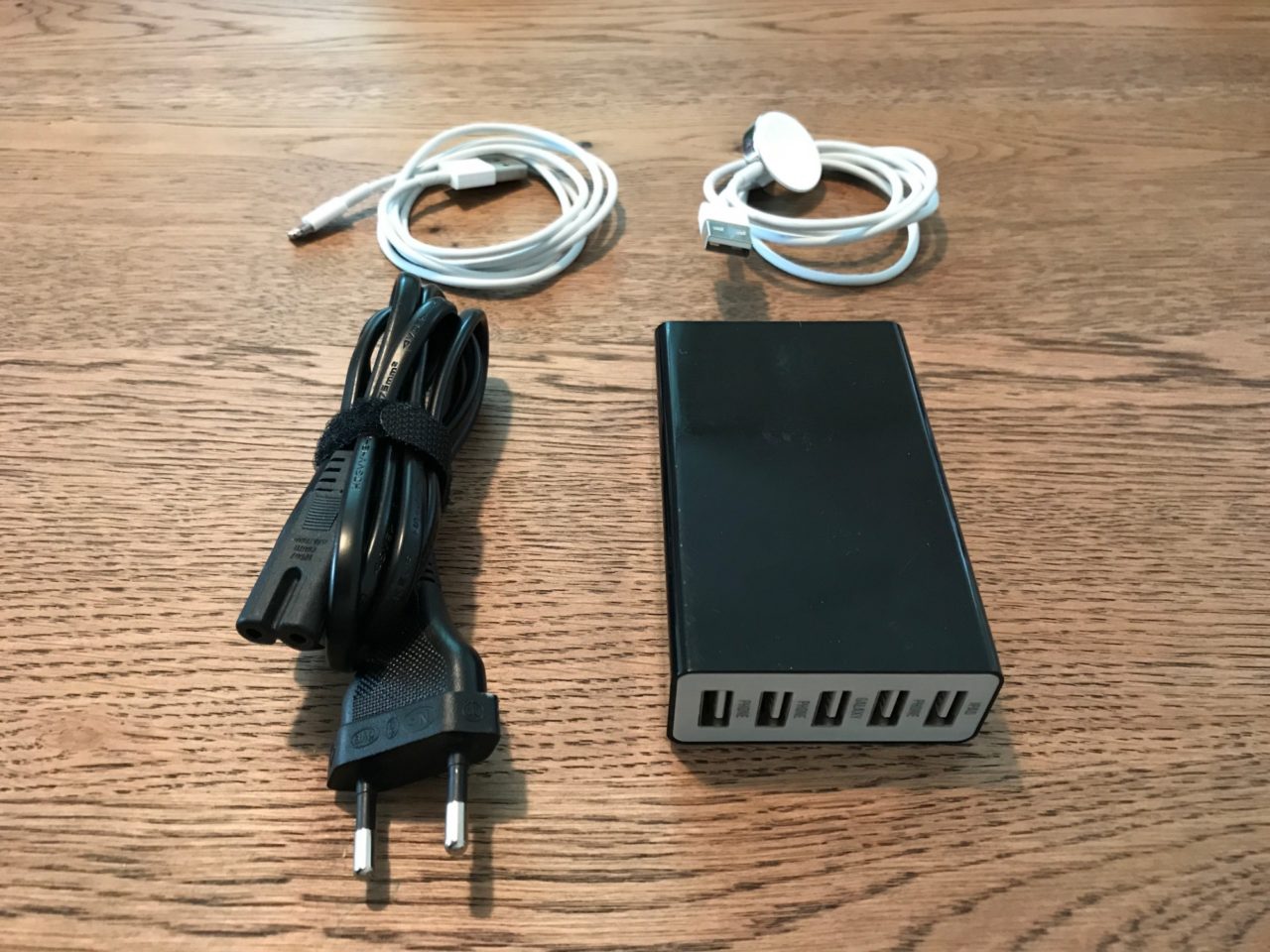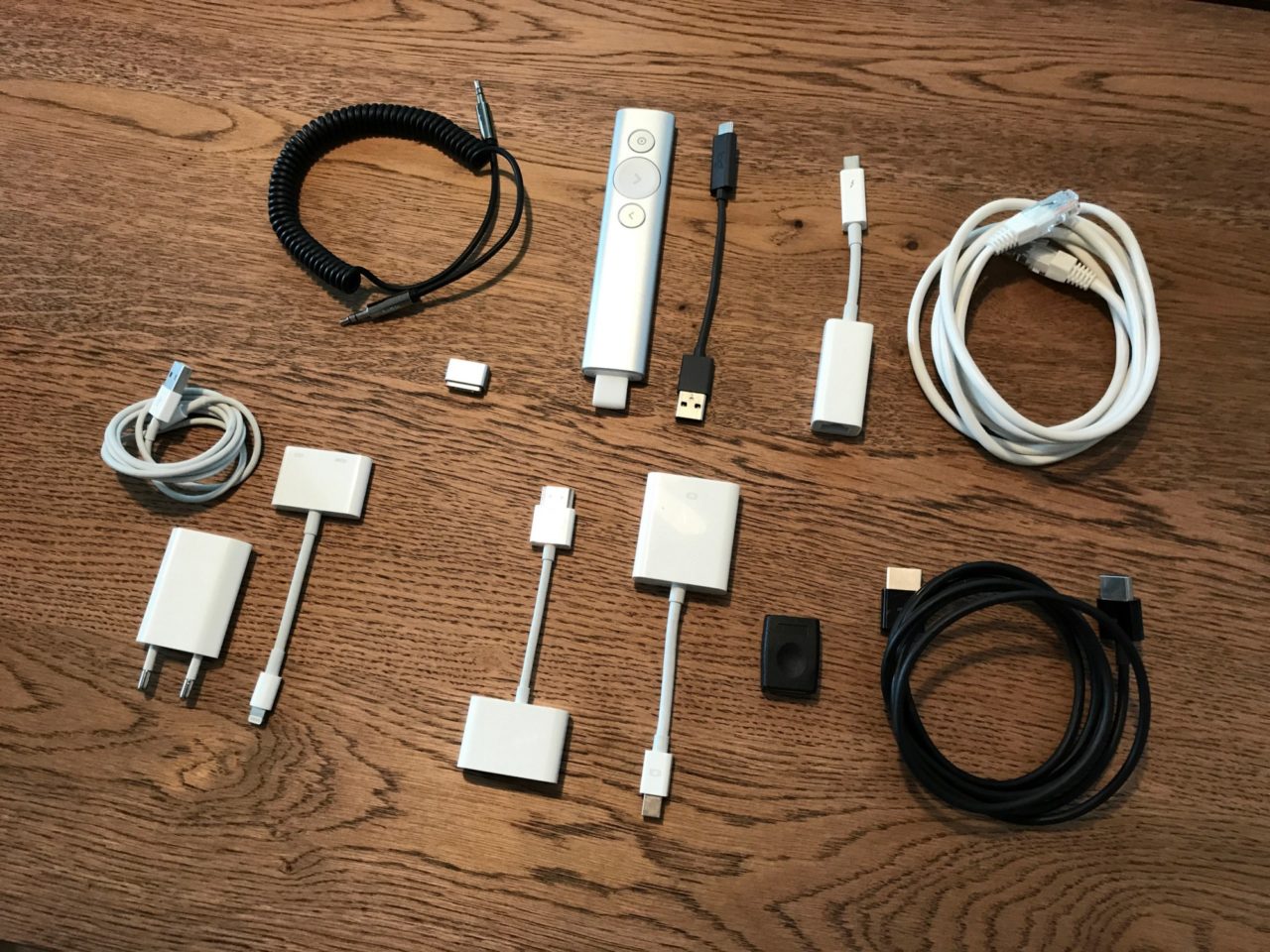A couple of days ago Sara Soueidan launched this idea on Twitter:
We should totally do some sort of idea pool where each speaker/traveler shares their favorite travel tips/hacks ?
— Sara Soueidan ? (@SaraSoueidan) July 20, 2017
About three years ago I spoke at my first conference. I had never been on a stage or spoke before a large audience. I never did a talk at a meetup and even in my day job I mostly work by myself. Whenever I went to a conference I fantasized about being on that stage, but I never actually seriously considered I was capable of public speaking. I’ve always been quite shy and standing up in a room and sharing my thoughts seemed terrifying. But I didn’t weasel out, did the talk and to my amazement I actually liked it. A lot.
So when I stepped on stage that first time I was as prepared as I could be. Over the years I watched a lot of good talks that showed me what to do and of course saw some talks that tought me what to avoid. But what probably helped me the most at the time were a number of articles written by experienced speakers. So I write this article as a way to share some practical details about how I prepare for my talks and hope it will help some of you in the same way the other articles helped me.
Whenever I go to a meetup or conference I always take the same things with me. And I take a lot with me, I like to be prepared. Perhaps overly prepared. But everything I take with me, I take with me for a good reason. Most of the things saved me at least once or I wished I had when something went wrong.

I’ve organised everything in three small bags that fit into my backpack. But most importantly, I never take anything out of these bags for any other reason. The things in these bags are dedicated for traveling and public speaking. These bags always contain everything I need and are always ready to take with me. I don’t have to worry about whether or not I packed everything I need.
So let’s take a look at what’s inside these bags.
One bag for powering my laptop
The first bag is probably the least interesting, because it contains the power supply for my MacBook Pro. The cable neatly wrapped around the clips of the power supply.
This bag also contains an extension cable for the power supply, just in case the regular cable just isn’t long enough. This extension cable saved me once when I did a talk in a round-table setting and there wasn’t any power near the HDMI cable that leads to the projector. And with the extension cable I was just able to reach the power sockets under the tables.
And because I travel to the United Kingdom a couple of times every year, I keep a UK style power plug in there by default too.
One bag for the hotel
The second bag I take with me, for me to use at the hotel. It contains everything I need to be able to charge my phone, my watch and my AirPods.

- 5 port USB charger with quick charge
- Power cable for the charger
- USB to Lightning cable for my iPhone
- USB cable for my Apple Watch
I used to keep a second USB to Lightning cable in this bag, but I’ve moved that to a side-pocket of my backpack. Optionally there is enough space in this bag for a travel adapter for the USB charger when I travel to a country that doesn’t use EU style power sockets.
One bag for the talk
And now the most interesting bag. It’s full of cables, dongles and connectors. Everything I might ever need on stage.

So, let’s start from the top, from left to right:
- Audio cable — to connect your laptop to external audio speakers. Probably the hardest thing to get right for a talk is audio. On larger conferences, you probably won’t need this, but this little cable has saved me multiple times during smaller meet ups.
- Magsafe 1 to 2 convertor — if there is power provided on stage, it may be an older style Magsafe. Happened to me once. And ever since I have this convertor with me.
- Logitech Spotlight — the best presenter and pointer I could find. I love the weight of it and how it feels in my hand. It has a big button to advance the slides and it’s rechargeable, so I don’t need bring an spare set of batteries.
- USB-C to USB-A cable — the downside of the Spotlight is that it needs a special cable to recharge. You can’t just use any USB-C cable, because the socket is recessed in the Spotlight and only this extra long connector can reach the socket. Pretty bad design, I dread the day when I lose this little cable.
- Thunderbolt to Network dongle — when you need a network connection, but don’t want to rely on WiFi.
- Network cable — because sometimes in round-table setups, network is provided at a central point in the room, but nobody thought of bringing an actual network cable.
And now the bottom from left to right:
- USB to Lightning cable, USB power adapter and Lightning to HDMI dongle — just in case. I create my slides in Keynote and these are automatically synced to my phone. In case my laptop dies or gets stolen, I can whip out my phone, connect it to HDMI, launch Keynote and do my talk like nothing happened. Luckily I never needed this.
- HDMI to DVI dongle — again just in case. Nowadays most projectors have HDMI input, but you’ll never know.
- Thunderbolt to VGA dongle — another dongle for the projector. I actually used this one a couple of times during the last years. Now I think the venue should actually provide all of these dongles. But often they don’t. Or the previous speaker accidentally took it. You can’t have enough dongles.
- HDMI coupler and HDMI cable — to be able to extend the cable yourself. This happened to me once and I wasn’t prepared. Right before the meetup I found out that the HDMI cable provided by the venue wasn’t long enough. The cable was embedded in the floor and ended 5 centimeters above the floor requiring me to place my laptop on the ground. Not a good idea, because you constantly have to glance down and lose eye-contact with the audience and can’t really read any of the speaker notes. The talk went okay, but on the way back I bought this coupler and cable. I chose the Apple HDMI cable, which is expensive, but the cable is really thin and flexible, which is ideal for travelling.
And some other stuff I have in my backpack

Apart from these pretty well organized bags, I also have some other stuff in my backpack:
- USB to Lightning cable and powerbank — kept in a side pocket on my backpack to be able to charge my phone anytime I want.
- A small microfiber cloth to clean the screen of my laptop
- Lightning EarPods — because iPhone 7 and although I love my wireless AirPods, you can’t use them on the plane. So I keep this in my backpack, which I always take with me in the cabin on the plane.
- USB stick that also functions as a bottle opener — to keep a copy of my slides, just in case and the bottle opener because hotels sometimes forget to provide one.
- Plastic spoons — to eat a yoghurt in a hotel room.
When travelling I found these three seperate little bags ideal to bring through a security check. They are small enough that I don’t have to unpack them individually. I just take them out of the backpack, open and place them in a tray. Then take out the laptop and place it in the tray. All of the other things in my backpack I just keep in my backpack. And repacking my backpack is just as quick. Never had any issues so far.
Of course, your setup might be completely different from mine, but I found that this setup works pretty well for me. It allows me to focus on the talk and keeps me from worrying about what I forgot to take with me and what kind of dongles the venue provides.